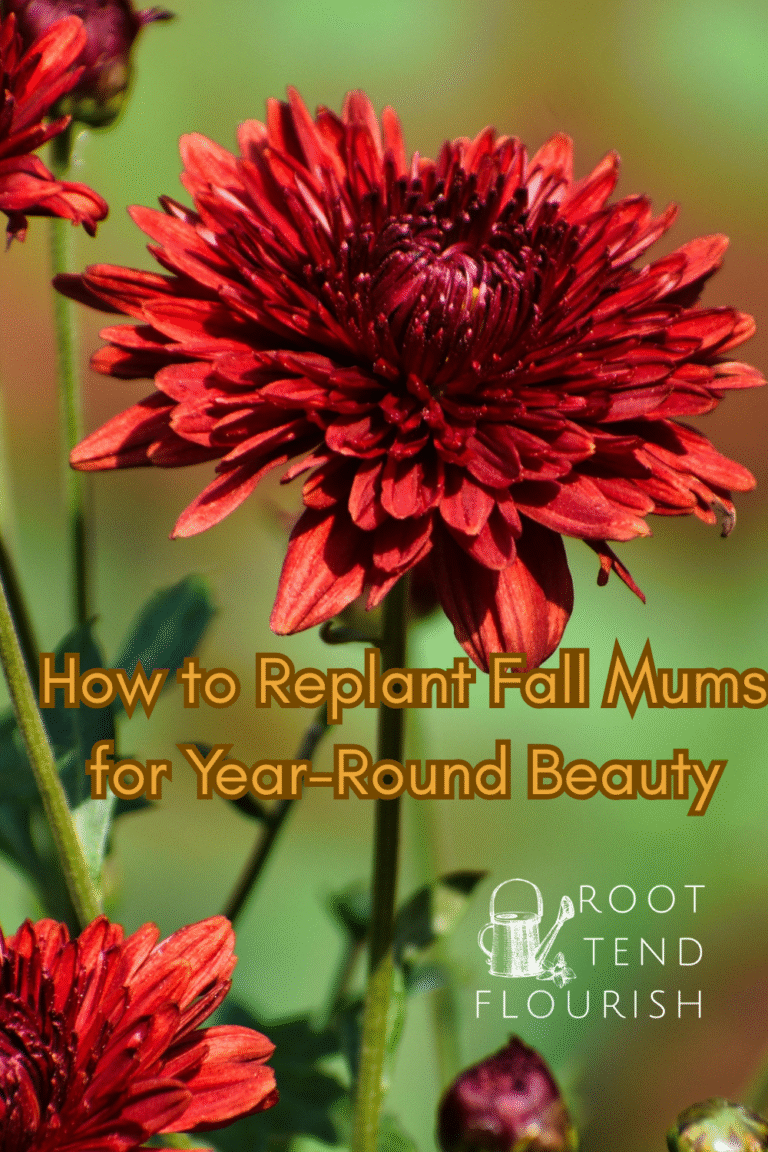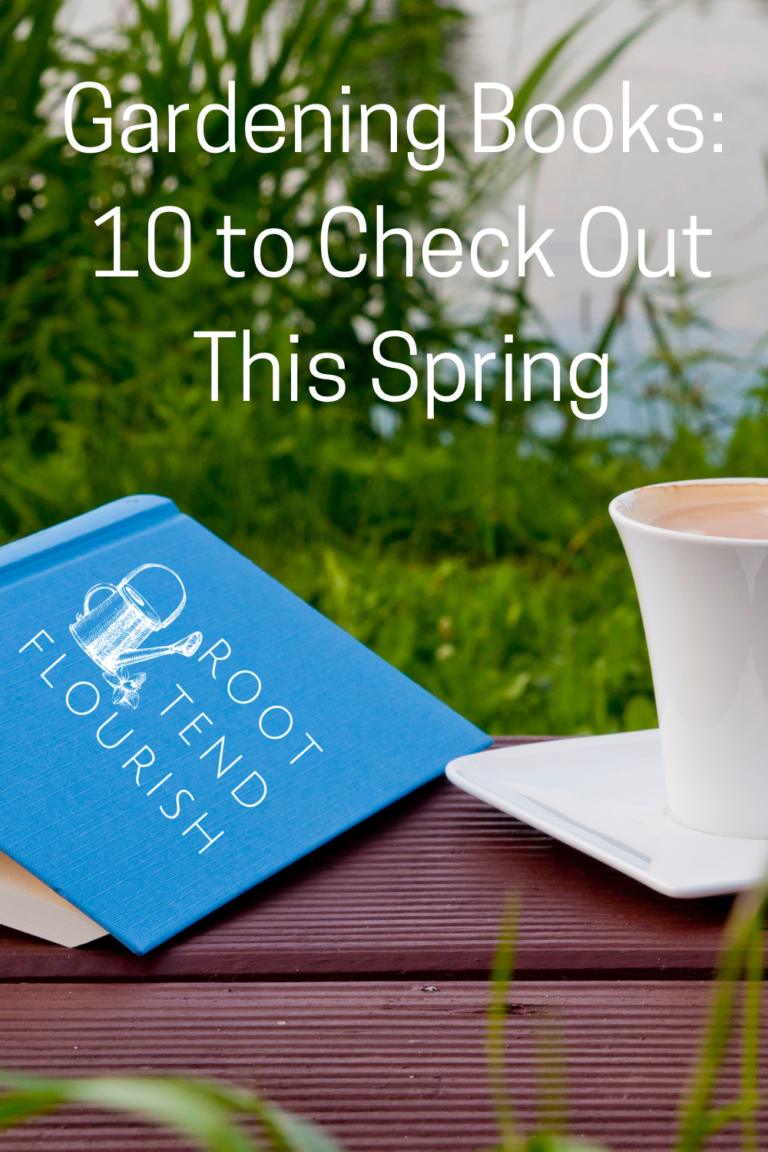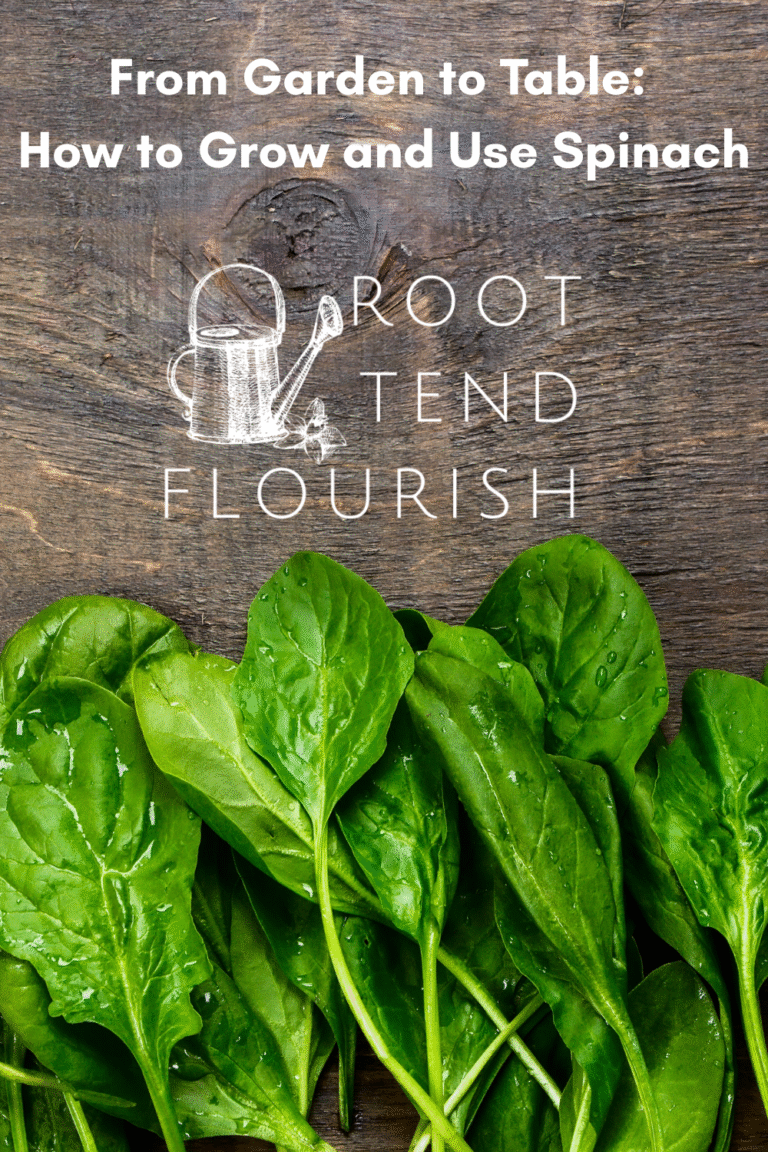How to Prepare Your Perennials for Winter
As we move further into fall, it’s time to consider how to prepare your perennials for winter weather. Perennials—those dependable plants that return year after year—benefit from a little attention before the unrelenting cold of winter settles in. Taking these steps with your perennials will also make it easier to clean up the rest of your landscape, whether that’s dealing with fall leaves or making room for new growth come spring. With a few simple steps, you can protect your plants from harsh weather and set the stage for a solid spring start in your garden next year.

1. Know Your Perennials
Not all perennials have the same winter needs. Some, like coneflowers and black-eyed Susans, can withstand cold temperatures with minimal care. Others—such as dahlias, cannas, or tender herbs—may need extra protection or even indoor storage.
Take inventory of your garden and note which plants are hardy for your zone. The USDA Plant Hardiness Zone Map is a helpful resource if you’re unsure.
2. Cut Back Perennials for Winter
Once a few hard frosts hit and your plants start to die back naturally, it’s time for pruning. Don’t rush this step! Cutting too early can stimulate new growth that may be damaged by frost. Pay attention to your weather and frost dates. These will give a sense of when to cut things back.
- Cut back dead foliage to a few inches above the ground. This helps prevent disease and pests from overwintering. For small plants, a sharp pair of bypass hand pruners are a great tool for the job. For larger, bushier perennials, hedge shears are a good choice. If you have a very large area of the same perennials to cut, you can also use a weed eater with a brush blade attachment. It saves your back from bending over for long periods of time.
- Leave some seed heads—such as echinacea or rudbeckia—for birds to enjoy during the winter. They also add a bit of natural beauty to an otherwise dormant garden. I also like to leave ornamental grasses in place over the winter. They offer winter interest and color when the rest of the garden looks pretty bare. It’s also easy for moisture and debris to get trapped in the crown of the grass once it’s cut. If left like that over the winter, it can lead to rot and eventually the demise of the plant. Once early spring comes and warmer temperatures are on the way, grasses can be trimmed to 3-4 inches above the ground.
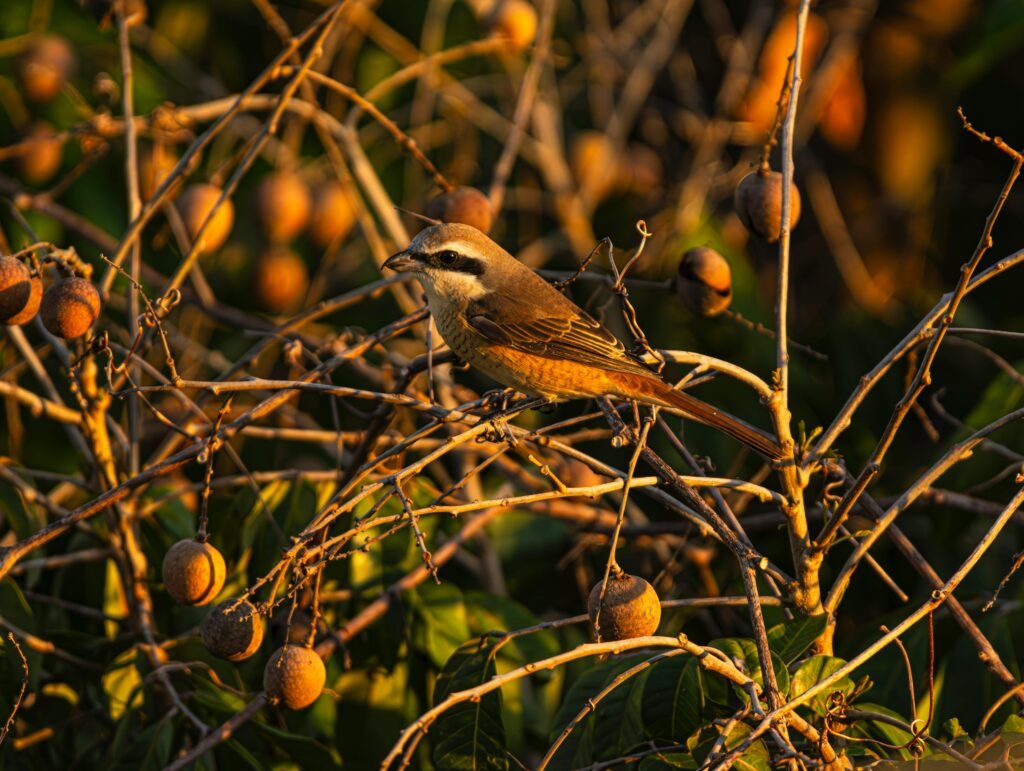
3. Weed and Clean Up
- Before the ground freezes, remove weeds and fallen debris around your perennials. Weeds can harbor pests and compete for nutrients in spring. Cleaning your garden now will save you time later and reduce disease risks.
- Once the perennials are cut back and garden beds are weeded, simply rake up the debris and lightly blow out the garden beds if you wish.
- As the fall progresses, you’ll notice a layer of leaves starting to collect in your garden beds if you have deciduous trees overhead. A light layer of leaves is perfectly fine in your garden overwinter. It is important, however, that your perennials are not completely covered by a thick layer of leaves. This can trap too much moisture over the cold months and can lead to rot as winter moves in.
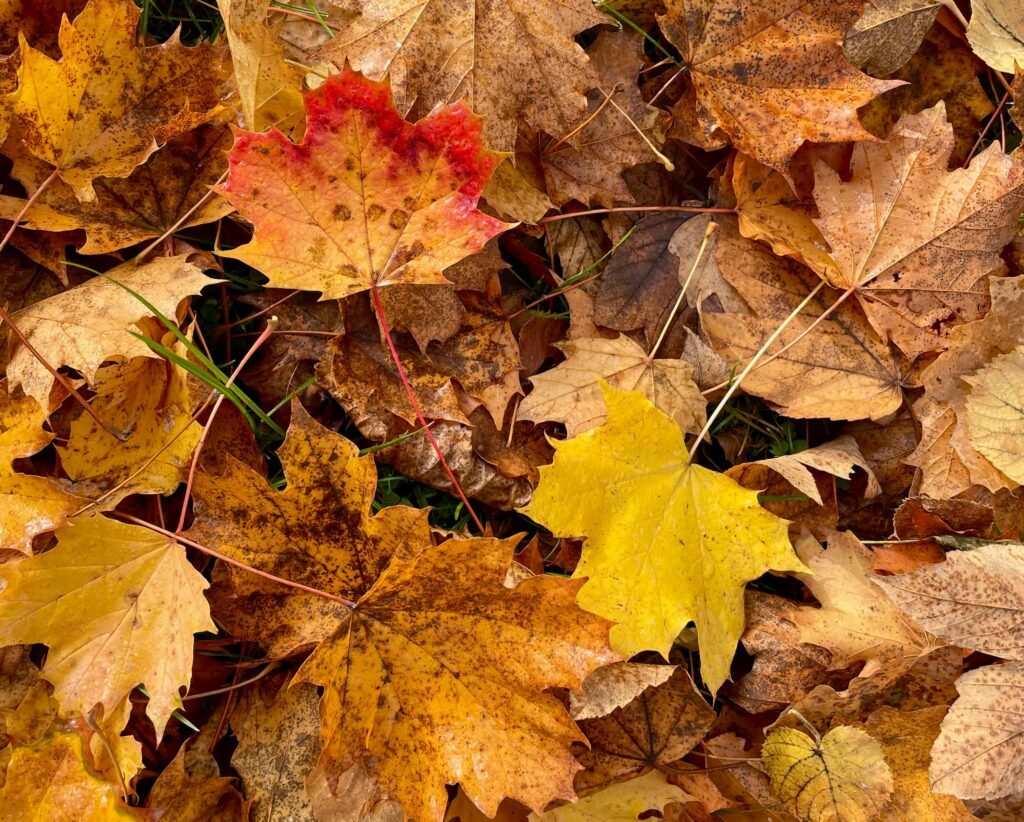
4. Mulch Perennials for Winter Insulation
Mulching is one of the best ways to protect your perennials from freeze-thaw cycles that can heave plants out of the ground.
- Wait until after the first hard frost to apply a 2–4-inch layer of organic mulch (like shredded leaves, straw, or bark).
- Keep the mulch slightly away from plant crowns to prevent rot.
This natural blanket helps regulate soil temperature and moisture levels all winter long.
5. Divide and Conquer
Fall is a great time to divide overcrowded perennials. Plants with a tight crown (e.g. base of the plant) benefit from being split every few years to encourage healthy growth and more blooms. Dig them up carefully, separate the clumps, and replant before the ground freezes. Dividing perennials every few years is also a good garden tactic because it gives you more plants for free! You can add those extra perennials to blank spaces in your gardens or even gift them to fellow gardens to share the plant love. Some of my favorite perennials to divide include Black-eyed Susan, Shasta Daisy, Coneflower, Hosta, Daylily and Iris.
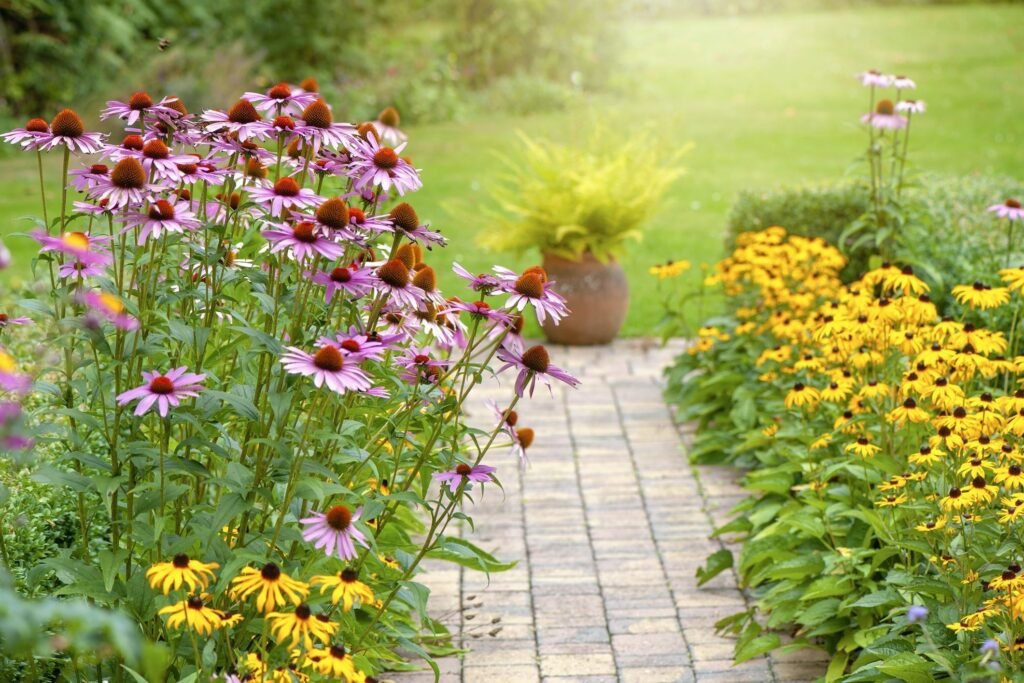
6. Water Perennial for Winter survival
It’s easy to forget about watering as temperatures drop, but plants still need moisture before the soil freezes. This is especially true if you’ve recently planted them. Give your perennials a deep watering in late fall, especially if it’s been a dry season. Hydrated roots are less likely to suffer winter damage.
7. Protect Tender Plants
If you have tender perennials or borderline-hardy varieties, consider:
- Covering them with burlap or frost cloth.
- Adding extra mulch for insulation. This could be shredded bark mulch, wood chips or even fall leaves.
- Lifting bulbs (like dahlias or gladiolus) and storing them indoors in a cool, dry place.
These small efforts can make all the difference when spring returns.
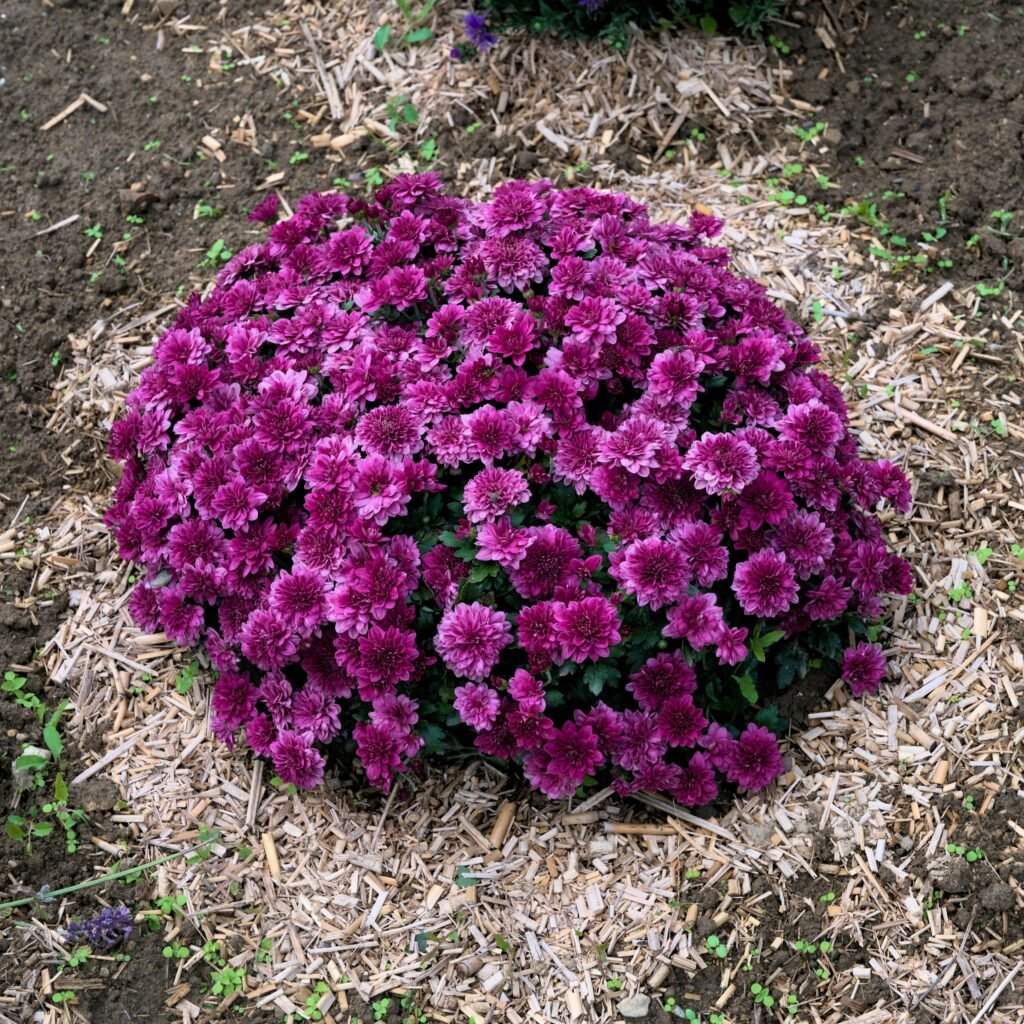
8. Plan Ahead for Next Season
While your garden rests under its winter blanket, take notes. Which perennials thrived? Which struggled? Use this quiet time to plan new layouts, order seeds, or start a garden journal for the upcoming year.
Wrapping Up How to Prepare Your Perennials for Winter
While fall can be busy with landscape clean up, it’s worth it to set aside a little time to specifically care for your perennials. If you want to take a deeper dive into preparing your perennials for winter or general garden care year-round, I highly recommend reading Tending Your Garden. This book has incredible information on tending the garden 12 months of the year with an ample variety of helpful photos. With the right care now, you’ll be rewarded with healthy, vibrant growth and earlier blooms when warmer weather returns. So grab your gloves, enjoy the crisp fall air, and go tend to those perennials.




